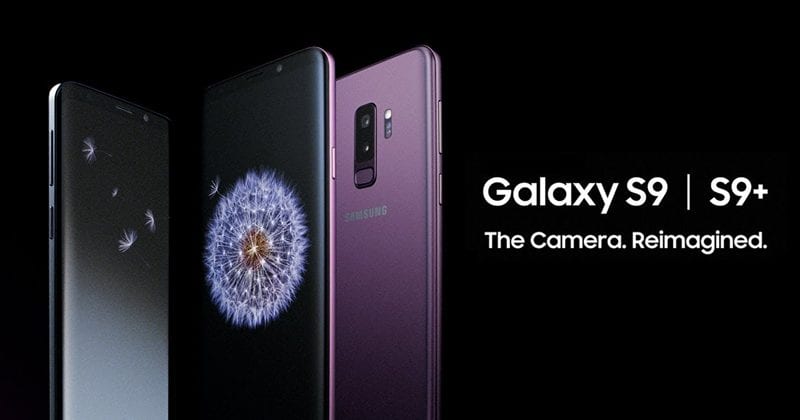In common, the Galaxy S9 and the Galaxy S9+ feature an 8-megapixel (f/1.7) camera, ’64GB, 128GB or 256GB internal storage (microSD up to 400GB) and dual AKG speaker with Dolby Atmos. In the connections, the devices bring Bluetooth 5.0, Wi-Fi 802.11ac, simultaneous 4G connectivity available in the two chips and connector for headphones of 3.5 mm. The differences are due to the screen (5.8 inches in S9, 6.2 inches in S9+), amount of RAM (4 GB in S9, 6 GB in S9+), battery capacity (3000mAh in S9, 3500mAh in the S9+) and set of cameras (the S9+ has a secondary camera on the back for taking pictures with optical zoom). https://youtu.be/D-EcyYkv-mU The main rear camera should be the main decoy. It features a 12-megapixel sensor, optical image stabilization and a lens with two apertures: f/1.5 (larger) and f/2.4 (smaller). The larger aperture can be used in nighttime scenarios, making the sensor capture 28% more light than the Galaxy S8, while the smaller aperture is for photos in the sunlight. In the case of the Galaxy S9+, there is a second camera with telephoto lens to take pictures of more distant subjects, similar to what the South Korean giant Samsung had already presented in Galaxy Note 8. The sensor also has 12-megapixel resolution as the main, but the lens aperture is fixed at f/2.4. Samsung also promises to reduce the noise in low light conditions by 30% compared to the predecessor, as well as news in the shoot: the devices film in 4K at 60 fps; have a slow-motion mode of 240 fps; and bring a super slow motion, very similar to Sony, which reaches 960 fps, but for only 0.2 seconds. https://youtu.be/5_-NKRVn7IQ The software was refined. Now based on Android 8.0 Oreo, it brings the AR Emoji, which works like the Animojis from Apple; a smarter Bixby Vision, with real-time interpretation, food recognition and hints of interest; and an enhanced DeX mode, which allows you to turn your Galaxy S9 into a desktop and use the device itself as a keyboard and trackpad. The Galaxy S9 and Galaxy S9+ will be sold globally in black, grey, blue and ultraviolet colours, starting March 16th. Moreover, the South Korean giant Samsung has not yet revealed the price and the launch date of the products in the Indian market. So, what do you think about this? Simply share all your views and thoughts in the comment section below.
Δ


